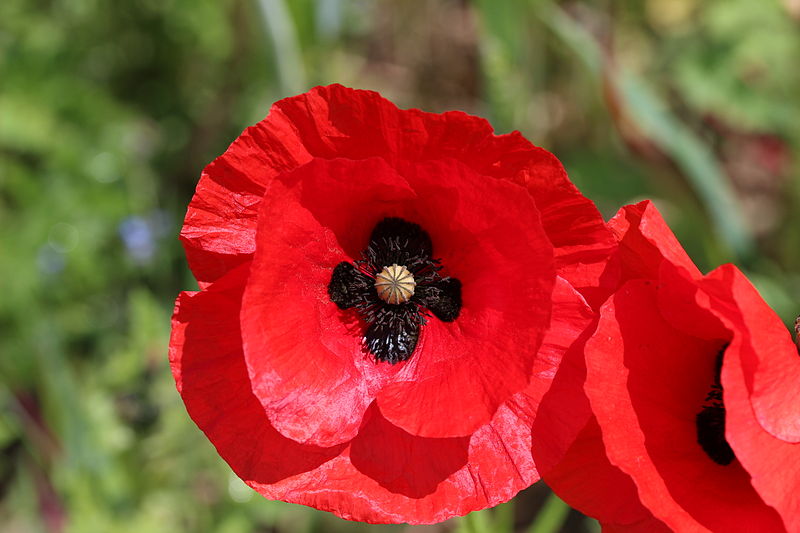The rainbow poppy debate continues


Nov. 11 marks Remembrance Day in Canada, where Canadians pay respect to those in the armed forces who have died in the line of duty.
Many choose to pay their respect by donning the symbolic red poppy over their heart for the month of November. Over the past couple of years though, social media has been overwhelmed with debate over the elusive ‘rainbow’ poppy.
Some are mad about the rainbow poppy, saying that it disregards tradition and, by representing LGBTQ+ people, simultaneously disrespects veterans.
This debate has been recurrent and has been brought back into the forefront of people’s brains for the past couple of Novembers.
It’s hard to believe that this much controversy exists over a rainbow poppy that doesn’t even exist.
Think about it. When’s the last time you actually saw a rainbow poppy in person? The answer is probably never. A simple Google search proves that even if you did want a rainbow poppy, you’d be hard pressed to find any retailers that actually sell them. On the other hand, red poppies are sold in abundance and can be easily located on Google.
Most of the controversy around the rainbow poppy can be traced to a UK-based eBay seller, who, due to the controversy, has since taken down the listing for the rainbow enamel pin.
In sum, the rainbow poppy is nothing more than fake news — a red herring, if you will.
The rainbow poppy was never something that was being pushed by members of the LGBTQ+ community to begin with, but has nonetheless started a long-lasting debate on the best way to honour veterans.
While a rainbow poppy may be viewed as disrespectful to some, purple, black and white poppies, all of which have distinct and diverging meanings, are hardly ever condemned as strongly as the fictitious rainbow ones.
Those poppy colour variations all represent different lives that were lost in battle, yet many are missing the symbolism of the rainbow poppy. If rainbow poppies did begin to circulate, would it be so bad to have representation for the LGBTQ+ veteran population?
It’s far too easy to fall victim to baseless outrage tactics like this one. Social media platforms like Twitter, Facebook, and even Tiktok — where I saw the bulk of rainbow poppy hate this year — seem to fan an ever-burning flame.
It’s sad to see hate perpetuated from unsubstantiated claims, such as the claim that rainbow poppies disrespect veterans. If veterans fought for the freedom of all Canadians, that means they fought for LGBTQ+ Canadians, too.
Most of the population doesn’t even wear a poppy in the first place. If someone chooses to honour veterans in the colour scheme of their choice, then so be it.


